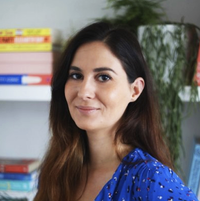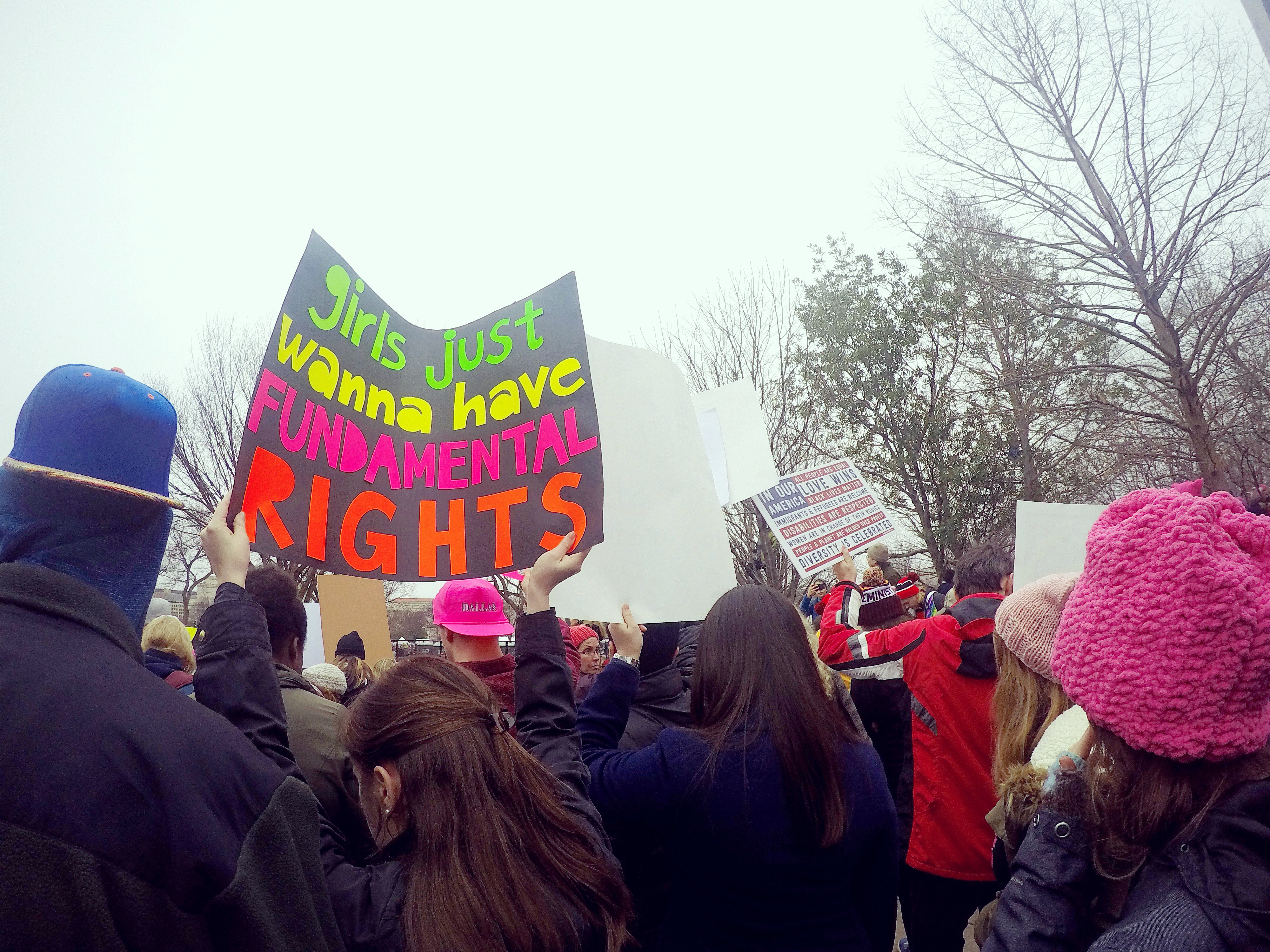MPs back plans for "buffer zones" that will protect women accessing abortions
This is good news for women everywhere.


MPs have voted in favour of enforcing buffer zones, which will protect women from anti-abortion campaigners, in England and Wales.
This means it will be a criminal offence to harass, intimidate, obstruct or threaten patients within a 150m 'buffer zone' of a clinic. By a hefty margin of 297 to 110, MPs backed the amendment to the Government's Public Order Bill with a margin of 297 to 110. Breaking the rules of the buffer zones could result in up to six months in prison.
While telemedical abortion was made available during the pandemic, many women in the UK still visit abortion clinics, and are often met with campaigners outside handing out leaflets, holding distressing signs and sometimes even heckling those who are entering the clinics.
Rebecca Minor, a gender specialist, explains that buffer zones is a positive - and integral - step for women's rights.
"Those accessing care at abortion clinics are already embarking on an often painful decision-making and potentially traumatizing process. Pregnant people deserve to have a buffer zone that allows them unobstructed access to healthcare, a fundamental human right, without additional traumatic experiences.
"We cannot turn back the clocks and prevent those unwanted or dangerous pregnancies, but we can control unnecessary harassment and emotional harm. Those with anti-abortion sentiments have plenty of other avenues to voice their concerns and tormenting people is not a requirement of free speech."
The amendment was originally proposed by Labour MP Stella Creasy, who said it was designed to protect, "women accessing a very specific type of healthcare”, as reported by the BBC.
Celebrity news, beauty, fashion advice, and fascinating features, delivered straight to your inbox!

She continued, "It does not stop free speech on abortion. It does not stop people protesting. It simply says you shouldn’t have the right to do this in the face of somebody – and very often these people are right up in front of people."
While this is clearly a step in the right direction, unfortunately, there's still a way to go before it becomes law during a lengthy process, including approval from the House of Lords.
Over in the US, there's little hope of buffer zones to protect women being introduced any time soon.
Leigh Ann Wheeler, a professor at Bingham University specialising in women, sexuality, social movements, explains, "The US Supreme Court addressed the issue of buffer zones around abortion clinics in 2014 and - even before it was stacked with Trump appointees - the nine-member court voted unanimously against laws that created buffer zones.
"The case was McCullen v. Coakley, and the Court reasoned that the First Amendment protects the free exchange of ideas in public spaces. Britain's Public Spaces Protection Order (PSPO) seems to take a different approach by protecting clinic staff and clients from harassment in public spaces.
"First Amendment jurisprudence in the US has leaned toward protecting speech over protecting people in public spaces. Some feminists in the US have tried to create a right to be free from harassment in public spaces - see, for example, Stop Street Harassment and Right to Be - and state laws do offer some protection, but the First Amendment creates a pretty high bar against prosecution for harassing behaviour on public streets."

Lauren is the former Deputy Digital Editor at woman&home and became a journalist mainly because she enjoys being nosy. With a background in features journalism, Lauren has bylines in publications such as Marie Claire UK, Red Magazine, House of Coco, women&home, GoodTo, Woman's Own and Woman magazine.